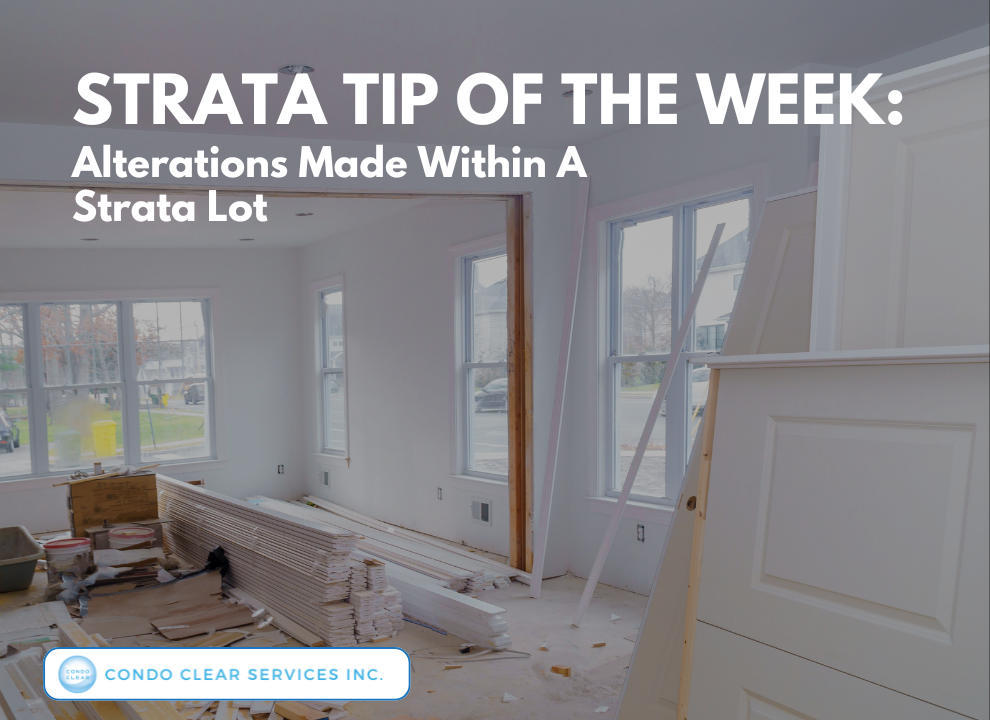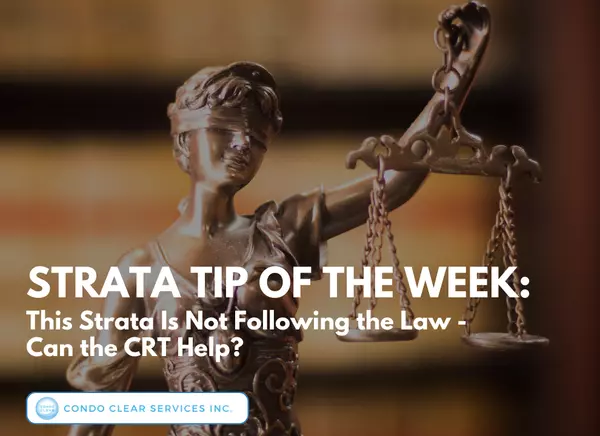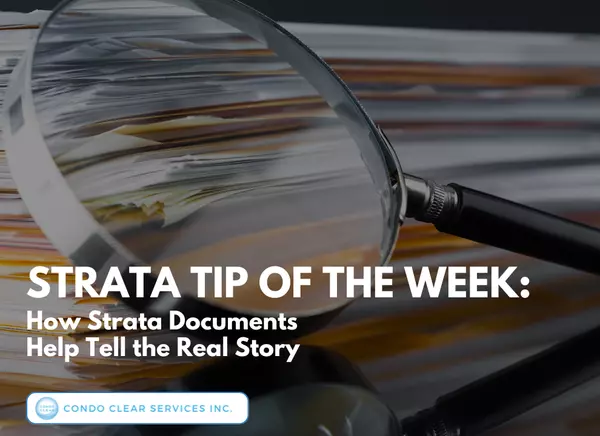When assisting consumers purchasing a strata lot, it's crucial to review any alterations made to the unit. Ensuring that proper processes were followed and all necessary approvals were obtained can save buyers from future headaches.
Here are a few key questions to ask regarding alterations made within a strata lot:
1. Approvals: Did previous owners request and receive the necessary approvals from the strata corporation?
2. Agreements: Are there any agreements (such as alteration or indemnity agreements) in place that make the owners responsible for future repairs, replacements, or insurance related to these alterations?
3. Compliance: Was the work carried out according to the terms set out in these agreements?
One indication that alterations might have been made without the strata corporation’s approval is if the unit shows signs of upgrades, like new kitchen cabinets or flooring, but the Form B notes that “no agreements exist under which the owner of the strata lot takes responsibility for expenses relating to alterations.”
When an owner upgrades an original fixture, strata corporations typically requires them to sign an agreement making them responsible for insuring the fixture and covering all future repairs or replacements.
If no agreements exist, yet the unit appears to have had upgrades, there’s a risk that the alterations were made without the strata corporation’s approval. In such cases, the strata may require the unit to be returned to its original condition at the owner’s expense, and the owner could also be subject to fines.
To avoid potential issues, it is prudent to request that the sellers obtain retroactive approval for the alterations, prior to the subject removal date. This will help ensure buyers do not run into issues after purchasing the strata lot.





















